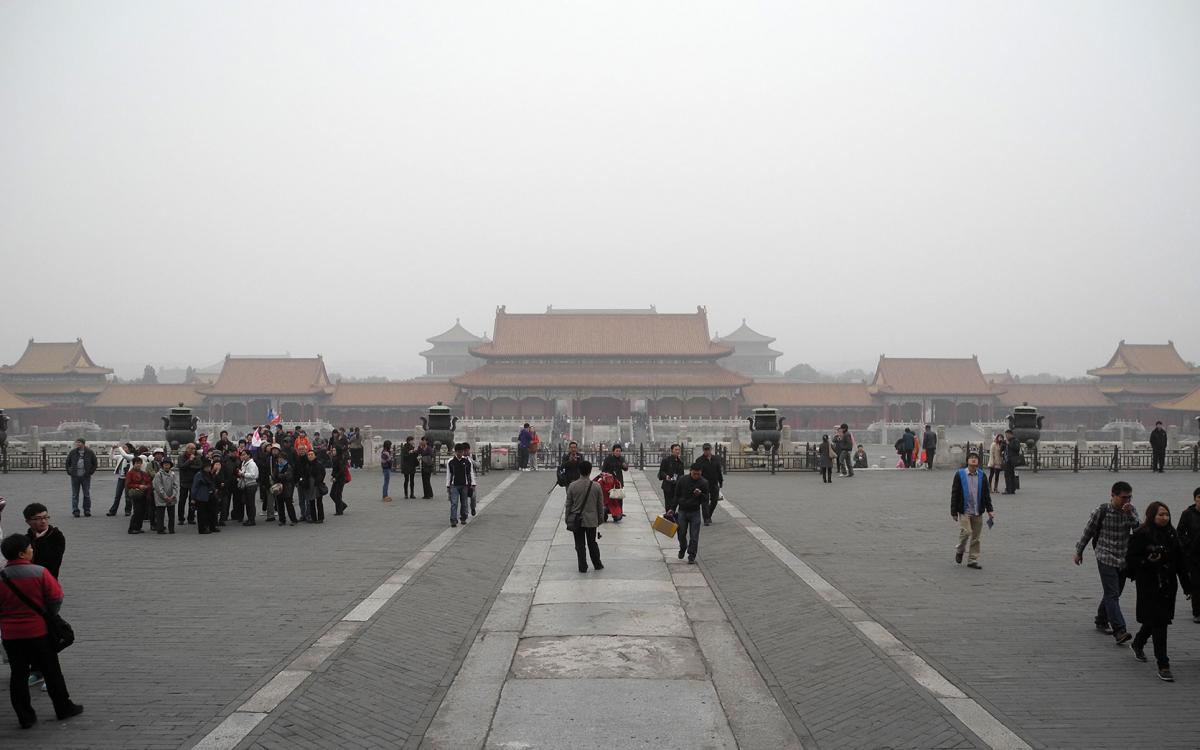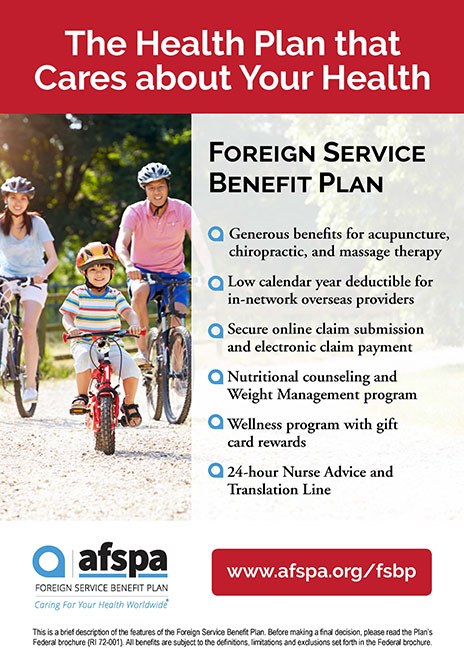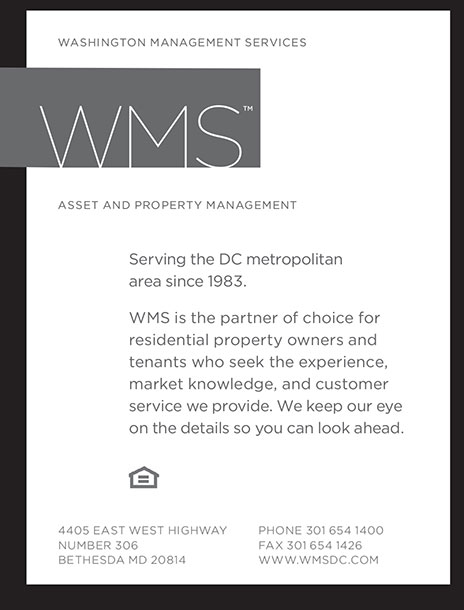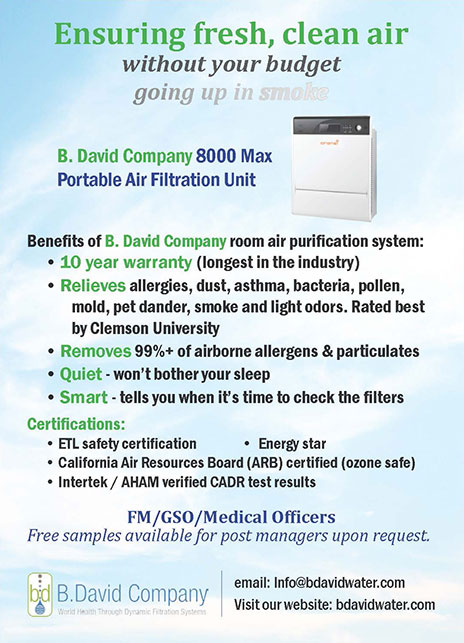The Air We Breathe: Living with Air Pollution
Many Foreign Service families spend a significant portion of their lives assigned to cities with unsafe air. What are the effects, and what can be done about it?
BY NICOLE SCHAEFER-MCDANIEL
I coughed for three long years in Beijing—until we left. Every day when my kids came in from playing, they stank, not in a sweaty, kids-playing way, but in a scary chemical way. I knew the pollution would be bad, but I never expected it to be that bad. Some days you couldn’t even see out the window. It was like the thickest fog you’ve ever seen, only gray and black and stinky. Some nights your eyes would start burning from the fumes of whatever was floating out there in the dark.
—Donna Gorman, who served in Beijing from 2007 to 2010
I think a huge part of the problem is that there’s just no frame of reference for how bad it is. So you really don’t get it until you take that first breath of soot, exhaust or burning fecal matter. We’ve been lucky in that the kids haven’t had any health issues from the pollution so far, but I shudder to think about long-term effects. Two times it has really hit home, however: First, when my 3-year-old told everyone back home that the sun is gray in India, not yellow; and last year, when we stepped off the plane at night in Siem Reap, my 4-year-old took a deep breath and said, wide-eyed, “What is that smell?!” I looked at all the tropical flowers lining the tarmac and sighed, “Fresh air and flowers, honey.”
—Jennie Willson, who served in New Delhi from 2014 to 2016
We thought the air in Manama, Bahrain, was better because we came directly from Cairo. But air quality [in Bahrain] is deceptively more caustic, and mixed automotive exhaust smog, desert sand, agricultural burn-back and sewage smells create a stinging cocktail that gives many residents red or teary eyes, a constant low-level cough and post-nasal drip. These are not just allergies, but physiological reactions to processing all the gunk in the air through our nasal passages, throats and lungs.
—Bob Castro, who served in Manama from 2013 to 2016
People often equate bad air quality with posts in China and India, but Sarajevo is one that often goes under the radar. We are in a valley, surrounded by mountains, and most of the heating here in the winter comes from burning wood or coal, leading to terrible air during the winter months. It got so bad this past December that almost all of the flights in and out of Sarajevo were canceled for about three weeks because planes couldn’t land or take off safely. Lots of people at the embassy developed chronic coughs and runny noses during this period.
—Scott Kennedy, who has served in Sarajevo since 2015
We never intended for our children to spend eight of their formative years in extreme pollution. It was so bad in Beijing that I called the city ‘Gray-jing,’ with just a few ‘Blue-jing’ days per year. Mongolia’s nickname, ‘the land of the blue sky,’ is equally deceptive. Ulaanbaatar can be much worse than Beijing in terms of Air Quality Index readings. While I try to justify my children’s exposure to air pollution by balancing it with their exposure to the Mandarin language and incredible Chinese and Mongolian cultures, we will only move to low-AQI locations after this.
—Melinda Frost, who served in Beijing (2007-2013) and Ulaanbaatar (2015-2017)
During the winter of 2008-2009, Moscow cut off gas supplies to Europe. As a result, our post experienced severe air pollution due to coal burning, and readings off the charts caused several families to curtail their assignments. Though U.S. Embassy Sarajevo provided oxygen monitoring, daily air quality updates and so forth, I had a very young infant whose health I was unwilling to risk.
So at my own expense, I relocated my family to the coast of Bosnia and Herzegovina. Every Friday evening I would travel by train to see them and return on Sunday evening. This was our arrangement for about four or five weeks until it was safe for them to return.
—Shelbie Legg, who served in Sarajevo from 2008 to 2010
Smog levels became so elevated in Beijing last December that the Chinese government issued a “red alert” two days in a row. That announcement forced the closure of all schools and offices, and brought factories to a standstill, in an effort to reduce air pollution over the city. While air pollution has been slowly gaining media attention in the past few years, with stories about “hot spots” like Beijing and New Delhi raising concern, members of the U.S. Foreign Service and their families have been living and working in heavily polluted countries around the world for years. In fact, many FSOs and their families now spend much of their careers at posts with unsafe air.
Despite recent media coverage of smog alerts and rising pollution levels, there is surprisingly limited organized information available concerning what severe air pollution feels like on a daily basis and possible methods to prevent its effects. The purpose of this article is to explore air pollution in more detail and gather insights from FSOs and their family members at polluted posts, as this growing public health concern raises important questions.
Defining and Measuring Air Pollution
Broadly speaking, air is polluted when it contains unhealthy elements, commonly referred to as “particulate matter” (PM). According to the Environmental Protection Agency and the Centers for Disease Control and Prevention, PM is made up of various combinations of organic chemicals, acids, metals, soils, dirt, soot, smoke and dust.
The smaller these particles are, the more harmful they become. Those smaller than 10 micrometers in diameter (PM10) can make their way past our throats and noses and enter our lungs. From there, they can make their way to our hearts.
Bigger “inhalable coarse particles” are mostly found close to road traffic and industry, but “fine” PM (smaller than 2.5 microns in diameter, PM2.5) comes from smoke and haze. Fine PM is especially harmful because it can penetrate even further into our lungs.
Polluted air can be visible (e.g., smoke, haze, exhaust fumes) and may have a distinct smell (e.g., from coal or wood burning). However, judging the air’s quality by these assessments can be misleading. In the United States, the Air Quality Index monitors both PM10 and PM2.5 levels and assesses air cleanliness for a particular location using a number. While that calculation is more of an approximation, the AQI (as well as equivalent, country-specific air measures) remains our best tool for understanding how polluted ambient air is.
In addition, the AQI offers information on health implications (see the chart below).
In the United States, EPA’s AirNow website (www.airnow.gov) monitors air quality. In February 2015, the Department of State and EPA formed a partnership to extend that capability to measure air pollution at embassies and consulates around the world. EPA’s website provides real-time information on air quality in the following cities: Addis Ababa, Bogota, Chennai, Dhaka, Hanoi, Ho Chi Minh City, Hyderabad, Kolkata, Jakarta, Lima, Mumbai, New Delhi, Pristina and Ulaanbaatar. (Visit www.airnow.gov for those reports; click the Department of State logo at the top right. China’s air quality is measured on a separate site, www.stateair.net, but this data is scheduled to be merged with the AirNow website.)
According to the State Department’s Air Pollution Working Group—a joint policy-management-medical program that examines the issue of air quality and its effects on employee and family health—more overseas posts will be added to the AirNow site in the near future. Real-time AQI data can also be found at www.aqicn.org (this website is run out of China). And an open-access U.S. website (http://labs.openaq.org/aq-viz/) plots real-time AQI comparisons among Beijing, New Delhi and Ulaanbaatar.
Finally, the World Health Organization maintains a database listing annual averages of PM10 and PM2.5 levels for 3,000 cities in 103 countries. While this data is updated yearly (most recently in July), it can be misleading for cities that are prone to seasonal air pollution (e.g., parts of Central Asia and Eastern Europe, where it is common to burn coal and wood during the cold winter months).
The recent availability of accessible air quality data can help Foreign Service employees and their family members better prepare themselves when they bid on or move to heavily polluted posts. However, we often have little understanding of what living with severe pollution actually feels like until we arrive at post.
Air Pollution and Health
While research examining the impact of air pollution is still in its early stages—and has been hampered by a paucity of data and inconsistencies in measurement—the WHO, CDC and EPA concur that air pollution has a host of adverse effects. These range from teary eyes, obstructed breathing and throat irritation to asthma attacks and bronchitis; chronic obstructive pulmonary disease and ischaemic heart/cardiovascular disease, including non-fatal heart attacks; strokes; and cancer.
Subgroups of the population that are particularly vulnerable to the effects of air pollution include children, pregnant women, those with existing heart or respiratory problems and older adults. Even though causality cannot easily be established in this line of research, and we still have no way of knowing the critical thresholds for PM level or length of exposure, WHO estimates that seven million people die annually as a result of ambient pollution (based on data from 2012).
Concern about the long-term effects of exposure to pollution leads to understandable anxiety within the Foreign Service community. It is not uncommon for employees and family members to curtail overseas assignments due to the health effects of extreme pollution (see the article here).
Prevention Methods
The general medical recommendation when AQI levels rise is to reduce exposure as much as possible. This is particularly true for vulnerable groups. Experts also advocate reducing (if not eliminating) strenuous activity, such as running or exercising, when the air is polluted. Instead, wait until AQI levels have decreased, or exercise in a place with clean air.
Home filters can improve indoor air quality, but their effectiveness depends largely on how well the building is sealed. The EPA and CDC also recommend home air filters—particularly high-efficiency particulate air filters that do not generate ozone and have a replaceable filter. (Don’t forget to change it regularly.)
The CDC and EPA further find that these types of air purifiers effectively improve home air quality, especially the ones with a high airflow rate. Further, consumers are reminded to minimize additional exposure by not smoking inside the home (or at all) and not having open fires from fireplaces or candles.
When outside exposure to high AQI levels cannot be avoided, wear a face mask if possible. Keep in mind that the mask must be able to filter out PM2.5, and it must be worn correctly. Look for masks that have an N95 respirator (filter) and a seal of approval from the National Institute for Occupational Safety and Health (part of the CDC). The N95 designation assures that the filter has been rigorously tested and, if the mask is worn correctly, will block at least 95 percent of fine PM and an even greater percentage of larger PM.
Ensuring that the mask fits correctly is trickier than it sounds, for it has to be perfectly sealed around the face. For this reason, face masks are not as efficient for men with facial hair.
Be aware that there are currently no recommended N95 face masks for children. While some brands, like Vogmasks, are available in smaller sizes, they have not been stamped with NIOSH’s seal of approval because only the filters have been demonstrated to capture N95, not the combination of filter and mask. Because there is increasing demand for face masks, and because more models are available each year, it is crucial to be aware of these quality-control checks to avoid a false sense of security.
Air pollution is by no means a new topic of conversation, but it is an important one. The 1948 Donora Smog in Pennsylvania and the Great London Smog of 1952 both demonstrated the detrimental effects of coal burning and industrial pollution. These events contributed to the development of the U.S. Clean Air Act, the nation’s first environmental law. Since the 1960s, that act has added numerous amendments. And some other countries have adopted similar clean air standards.
Despite such efforts, WHO currently estimates that “almost all (98 percent) cities in low- and middle-income countries with more than 100,000 inhabitants do not meet WHO air quality guidelines”—compared to 56 percent of such cities in high-income countries. Thus air pollution remains a global challenge, beyond the scope of any one government to fix. While recent improvements in the availability of real-time pollution data now afford us a better understanding of exposure to high levels of pollution and its potential effects on health, more research is necessary to determine just how much exposure is harmful.
Researchers also need to establish a causal relationship for short- and long-term effects. The field of public health faced a similar situation a half-century ago, when experts started to detect the harmful effects of cigarette smoking; it took decades of research to create policy and political and societal change.
The takeaway should not be to panic about air pollution, but to start minimizing exposure and taking this issue seriously. An increased awareness of air pollution and its effects on Foreign Service employees’ and family members’ lives also raises questions for the Department of State and other foreign affairs agencies:
• Should there be additional incentives for serving at highly polluted posts?
• Should there be extra medical attention or screenings for those heading to or serving at polluted posts?
• Should children be allowed at severely polluted posts when no adequate face masks exist to protect them?
• What can State and other agencies do to help safeguard the short- and long-term health of its employees and family members who serve at these posts?
AIR POLLUTION RESOURCES
CDC—Air Quality
www.cdc.gov/air/default.htm
Department of State Global Air Quality Partnership
www.state.gov/m/pri/gdi/airquality/index.htm
www.state.gov/r/pa/prs/ps/2015/02/237573.htm
www.state.gov/m/pri/gdi/airquality/c70218.htm
Department of State Air Pollution Working Group
Email: MEDair@state.gov
Department of State Open Net
https://diplopedia.state.gov/index.php?title=Air_Pollutionsnip.state.gov/bno
EPA Particle Pollution and Health
www.epa.gov/pm-pollution
EPA Air Resources Page
www.epa.gov/learn-issues/air-resources
Health Effects Institute
www.healtheffects.org/index.html
WHO Fact Sheet (Ambient and Indoor Pollution)
www.who.int/mediacentre/factsheets/fs313/en/
WHO Database (Ambient (Outdoor) Air Pollution in Cities, for download)
www.who.int/phe/health_topics/outdoorair/databases/cities/en/
AQI DATA
EPA Air Now
www.airnow.gov (click Department of State logo for overseas information)
Mission China AQI Data
www.stateair.net/web/post/1/5.html
Real Time AQI
aqicn.org/map
OpenAQ Real Time Comparison: Beijing, New Delhi and Ulaanbaatar
https://labs.openaq.org/aq-viz/
PREVENTION METHODS
Extremely High Levels of PM2.5: Steps to Reduce Your Exposure
http://beijing.usembassy-china.org.cn/20130201-pm25-steps.html
Home Air Filters
EPA Guide to Home Air Filters
www.epa.gov/indoor-air-quality-iaq/guide-air-cleaners-home
www.epa.gov/iaq/pubs/residair.html
California EPA Recommendation on Air Filters
www.arb.ca.gov/research/indoor/aircleaners.htm
www.arb.ca.gov/research/indoor/aircleaners/certified.htm
Independent Reviews of Air Purifiers
www.air-purifier-ratings.org/index.html
http://ahamverifide.org/search-for-products/room-air-cleaners/
Face Masks
FDA Recommendation on Face Masks and N95 Respirators
www.fda.gov/MedicalDevices/ProductsandMedicalProcedures/GeneralHospitalDevicesandSupplies/PersonalProtectiveEquipment/ucm055977.htm
Guide to Wearing Face Masks Correctly
http://oehha.ca.gov/air/risk_assess/wildfirev8.pdf (p.17-20)
Read More...
- “Clearing the Air in New Delhi” by Samuel Kotis (The Foreign Service Journal, September 2015)
- “Smog - Who does it hurt?” (AirNow, Environmental Protection Agency, September 2014)
- “Air Pollution” (National Geographic)
- “Red Alert, life inside the Beijing smog” (Al Jazeera, January 2016)










